Mini Issue: Imbolc, Aspiring Authors, and Groundhogs Who Predict the Weather
Featuring: the Goddess Brigid, the Neurodivergent Workbook, and my Birthday!
Welcome to this mini-issue of folklore, fun, and a little behind-the-scenes peek into my authorship. Today, we’re celebrating Imbolc—a sacred seasonal threshold with ties to the goddess Brigid. We’ll also venture into the curious world of weather-divining groundhogs (yes, Punxsutawney Phil will make an appearance) and, as always, I’ll share updates on my writing projects and what’s brewing behind the scenes.
So grab your tea (or something stronger, no judgment here), and let’s dive into the stories, symbols, and mischief of February’s folklore magic.
Part I: The Neurodivergent Author
Let’s start with a little secret-spilling, shall we? I’ve compiled all the tactics, tips, and tricks I use to tackle new writing projects into a downloadable, printable workbook. It’s designed for authors, students, and anyone looking to wrangle their creativity while hacking into their dopamine reward system. Think of it as your personal toolkit for turning chaos into chapters.
👉 Behold: the Downloadable, Printable Workbook
And now, a friendly (and final) reminder: do you want FREE THINGS? If you’re already planning to grab the second No Other Gods book (The Fox and the Falcon), why not level up with a signed copy featuring sprayed edges, bonus vellum art overlays of Fauna and Azrames, and the joy of supporting a small business?
The No Other Gods preorder campaign runs through February 1st, and since my birthday is February 2nd, I’d consider supporting Mysterious Galaxy (here! this button!) a personal birthday gift. 🎉
Whip out your calendars!
The Fox and the Falcon launches everywhere on February 18th.
The Booksish Song Collective is dropping their original No Other Gods soundtrack on February 14th!
Mysterious Galaxy still has nearly 100 copies of book one, The Deer and the Dragon, if you order from their website, and I’ll sign them all when I’m in San Diego on Thursday!
One more thing!
I don’t have many “in person” events scheduled for 2025, but in JUST A FEW DAYS I’ll be with Jeneane O’Riley at Mysterious Galaxy in San Diego. If you’re in the area, I’d love to see you there Thursday the 30th at 7pm.
Part II: Happy Imbolc (and What the Heck Is It?)
Brigid is the goddess of all of the things. (Here’s a video I did on how she went from deity to Catholic saint, reuploaded onto YouTube!) She’s the goddess of fire, passion, poetry, fertility, blacksmithery, and healing in Irish mythology. She’s also associated with the arrival of spring—basically the original multitasker. Worshipped for her wisdom and creativity, she’s the type of deity who’d probably ace an open mic night while forging a sword. And Imbolc is her holiday.
The name Imbolc (pronounced IM-bolk or IM-olk, depending on how many cups of mead you’ve had) is supposed to mean “in the belly.” We’re told this is about the pregnant sheep preparing us for lambing season, as new life is the first sign we’re escaping winter’s icy grip. Celebrated on February 1st–2nd, it’s a Gaelic festival marking the halfway point between the winter solstice and the spring equinox. Historically, it’s a time to honor Brigid, light candles, and celebrate the promise of warmer days ahead—basically the ancient equivalent of willing yourself not to murder your houseplants until spring. Imbolc rituals often included hearth fires, offerings to Brigid, and the hopeful observation of signs that the world is waking back up.
Ideas for Celebration
Today, Imbolc is celebrated by modern pagans, Wiccans, and those who just love an excuse to light a cozy candle (no judgment). Many people honor Brigid by creating small altars adorned with symbols of fire, spring, and fertility—think candles, fresh flowers, and maybe a loaf of homemade bread if you’re feeling ambitious. Some craft Brigid’s crosses from straw or reeds, while others mark the day with meditation, journaling, or even a good spring cleaning (because nothing says “renewal” like finally tackling the junk drawer). You’ll also find community celebrations at pagan festivals, virtual gatherings, and in the heart of anyone embracing the hopeful flicker of light at winter’s midpoint.
As an Imbolc baby, I’ve served my time on the tundra and years and years of freezing cold birthdays. This year, I’m chasing the heat and hope to be drinking sangria as I toast another trip around sun (if all goes according to plan). I’ll post celebratory pics on my Instagram! If you want to join me over there, I’ll plug a drink jar if you want to send me a birthday beverage, and order something strong enough to keep us both warm.
Part III: The Groundhog
The most important and not at all stupid holiday of the year: Groundhog Day—the time-honored tradition where we all gather to wait for a plump, scruffy rodent to decide our frozen fate. Every February 2nd, Punxsutawney Phil (the world’s most famous weather forecaster) emerges from his cozy burrow to let us know if we’re in for six more weeks of winter or an early spring. The rules? If Phil sees his shadow, winter sticks around. If he doesn’t, we can start dreaming of warmer days. Is it meteorologically accurate? Absolutely not. Is it adorable and oddly captivating? 100%.
Growing up, I liked to celebrate my birthday by staying home from school, which usually meant an all-day TBS marathon of Bull Murray’s time-loop purgatory comedy, sharing the holiday’s name. (Though the holiday is one of future telling, it has no other link to the sci-fi concept of being trapped in time.)
So, why are we entrusting a groundhog with this responsibility? Groundhog Day (and yes, it does not have the ‘s’…even though it sounds better when possessive or pluralized) can be traced back to ancient European custom that happened in the Christian church to drown out the pagan celebration. While Celtic locals burned bonfires to the goddess Brigid, the Catholic church across the channel hosted a competitive, counter-mass called Candlemas—a holiday on February 2nd marking the midpoint of winter. Official connections between the two holidays are thin, but folklore is belief of the folk, and many folk strongly believe that the church crafted holidays to erase pagan practices and instate their own, with Candlemas being one in a long line of examples.
On this day, clergy would bless and distribute candles, symbolizing the growing light as spring approached. Folklore evolved around predicting weather on Candlemas, often tied to hibernating animals like hedgehogs or bears in Europe. (“Right around the I go to Mass each year, I also see animals stirring. Behold: a holiday where the two are inextricably linked.” The connection betwixt them sounds thin, I know. )
When German immigrants brought this tradition to Pennsylvania, the groundhog (a native species) was adopted as the star of the show, replacing the hedgehog as the furry fortune-teller of choice. This tradition thrived among the German-speaking Pennsylvania Dutch, so we can thank the Amish for keeping weather divination alive and well!
From a sacred seasonal marker to an excuse to cheer for a chubby rodent on live TV, the groundhog’s role has definitely evolved. But at its heart, it’s all about hope—that sweet promise that winter’s grip is loosening, and brighter, warmer days are on the horizon. But, between you and me: any tradition that hinges on the weather-predicting powers of an overfed marmot deserves a little love.
Blessed Imbolc, happy Groundhog birthday (from me to me), and very merry reading and writing to all! Stay warm out there.






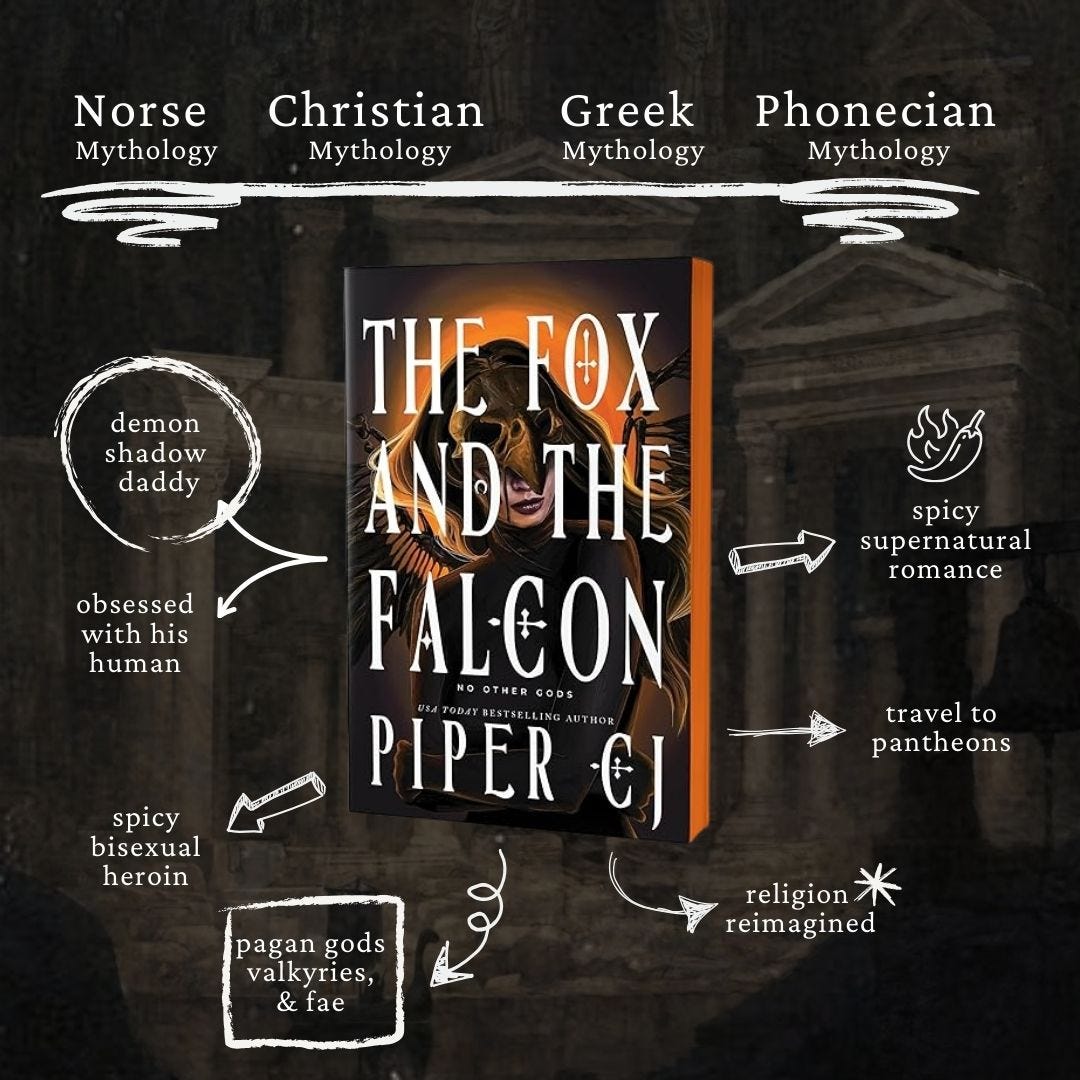

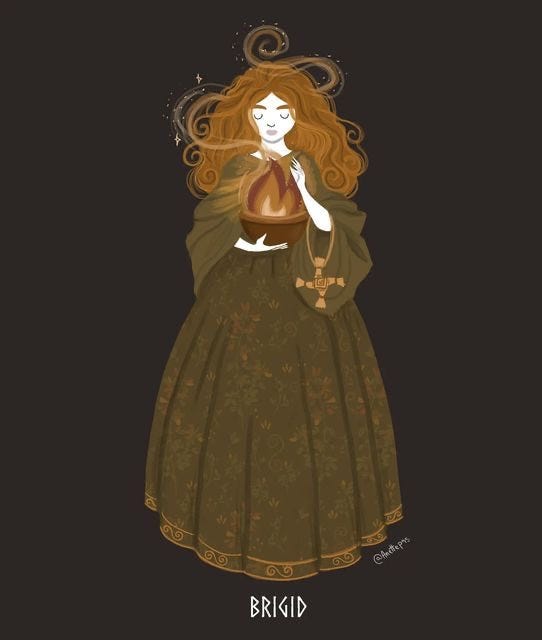
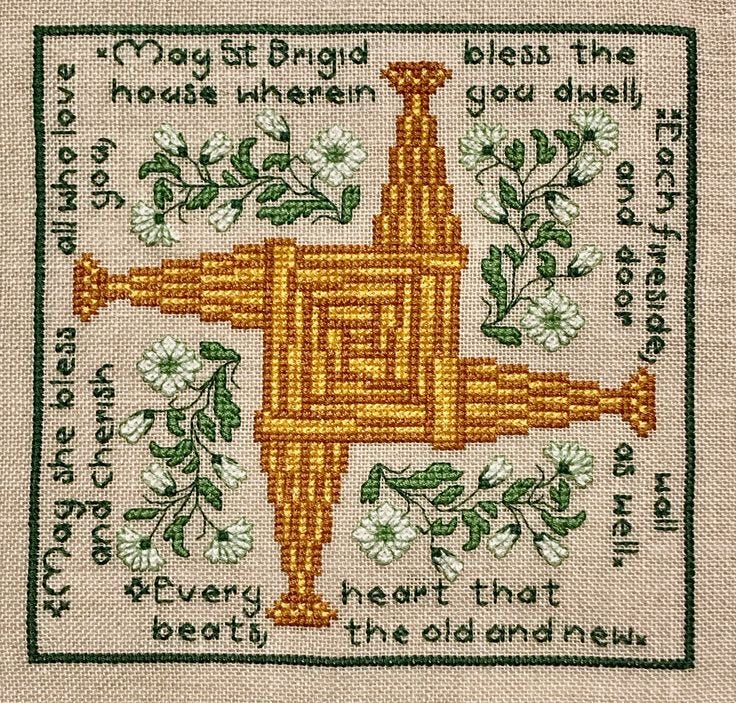
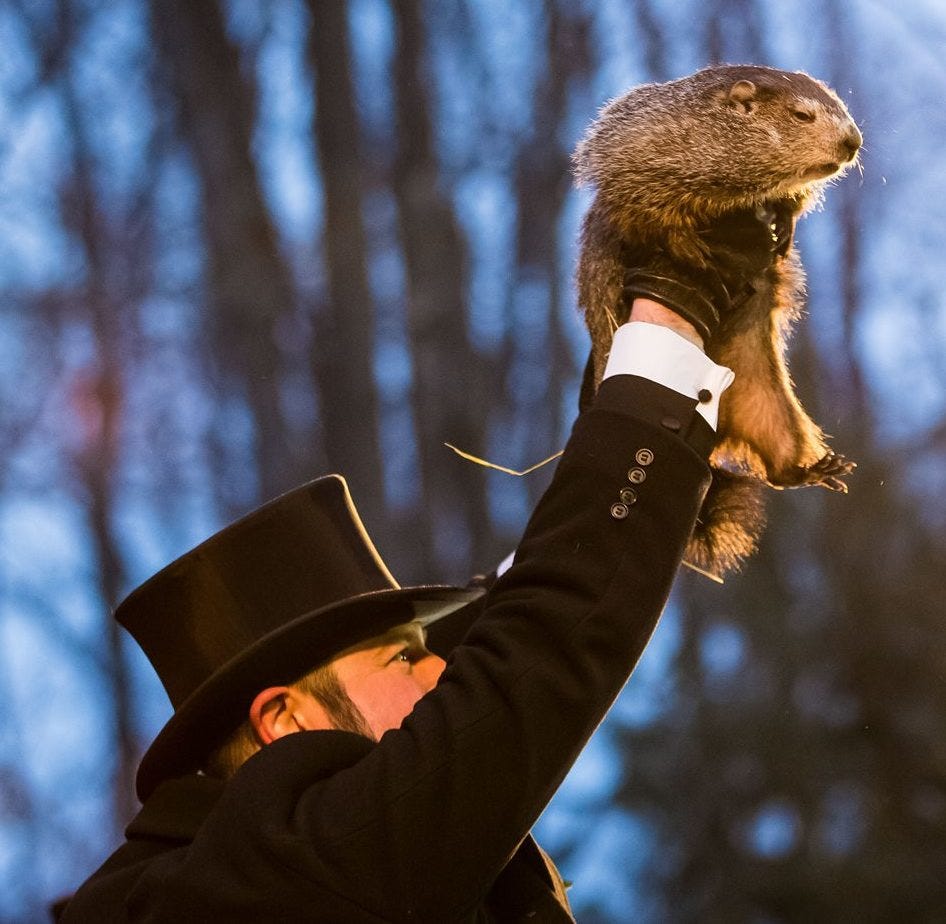
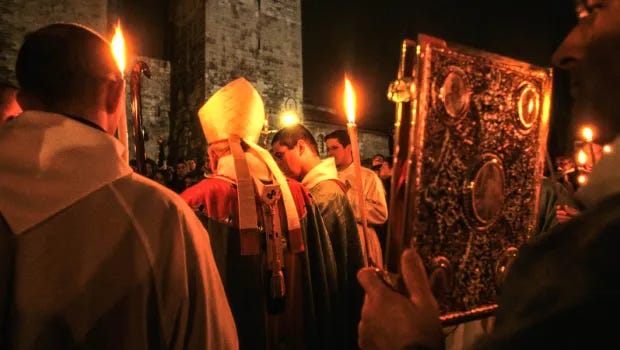

I used to work with a groundhog named Caddyshack 😊💖 she was an educational ambassador for her species and taught THOUSANDS of people over the course of her life; she only ever predicted correctly on Groundhog Day a couple of times 🙈
My head cannon is that the groundhog peaks into all of our souls decides whether or not to use its divine weather controlling powers to grant us an early end to winter or to punish us with several more weeks of painfully cold air.